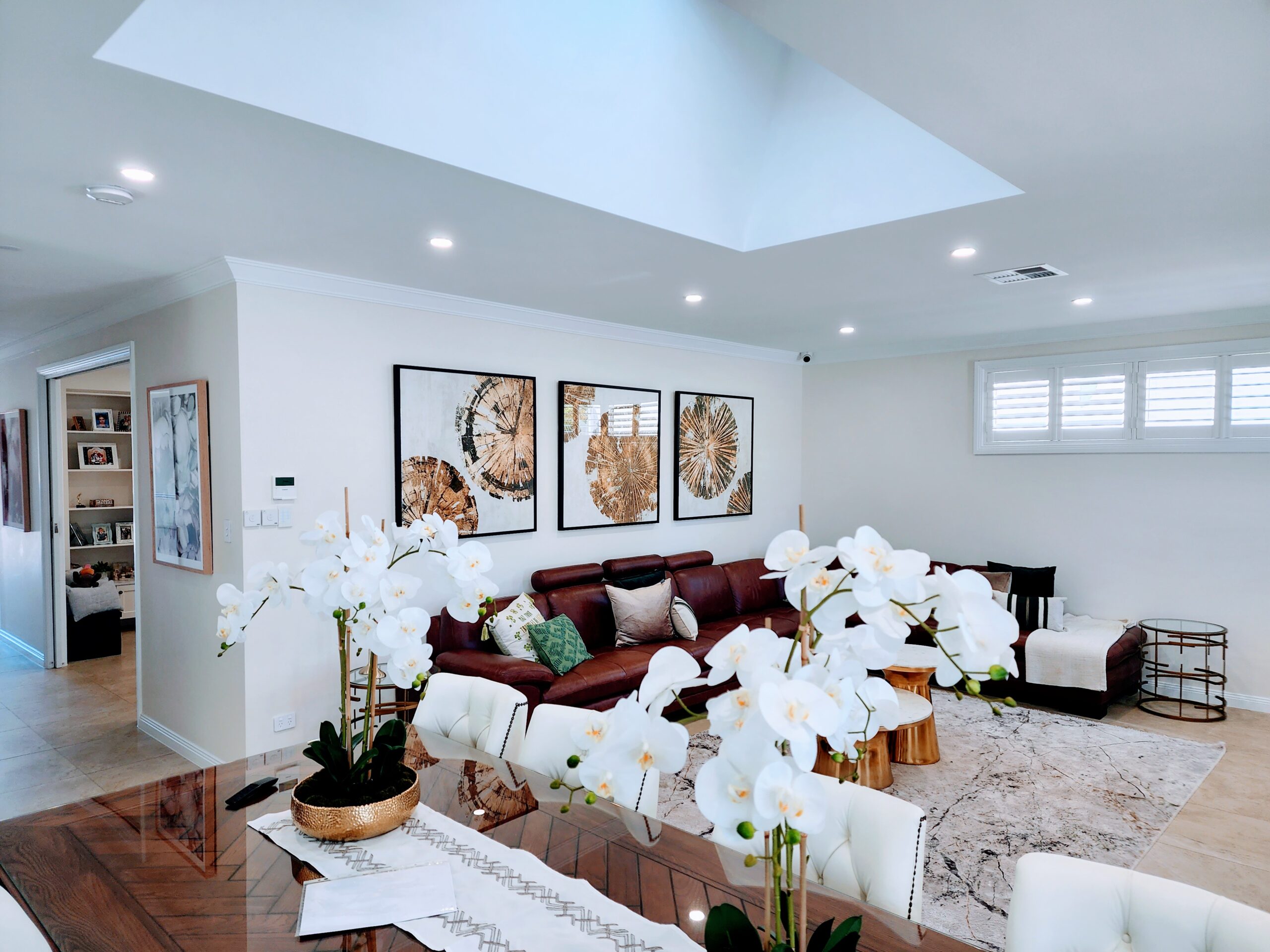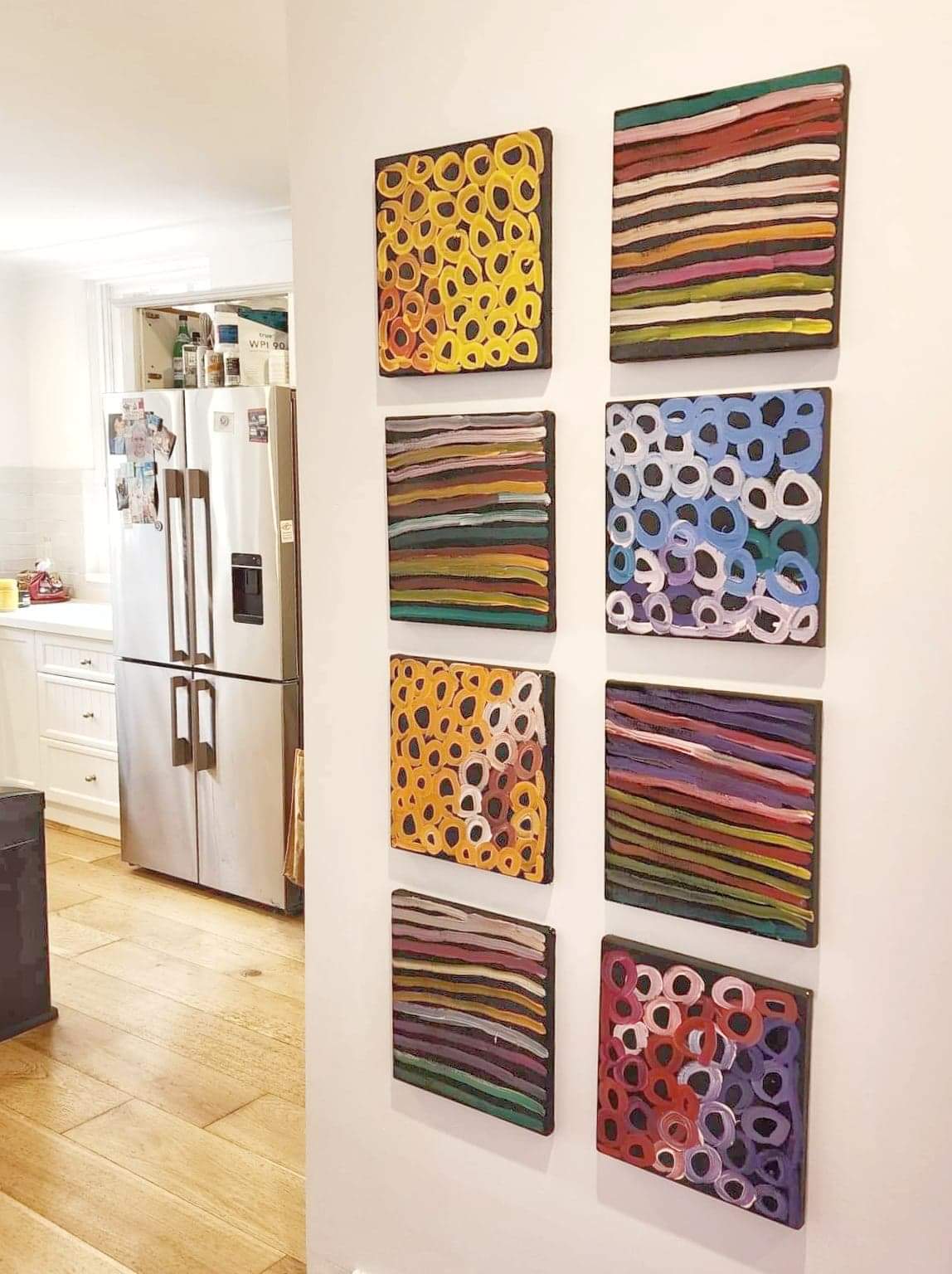


Feel free to contact us if we can help with lighting a single piece or your entire collection.
Art Gallery Lighting
If you’re an art lover, then you know that the right kind of lighting can make all the difference in how a painting or sculpture is perceived. There are many different types of art gallery light available on the market today, and each one has its own set of benefits.
When it comes to lighting up an art gallery, there are a few different things that you need to take into account.
The first is the type of art that you will be displaying. If you have a lot of dark pieces, then you will need brighter light fittings than if your art is more colourful.
You also need to consider the wattage of the globe and the colour of the light. The wattage of the globe will determine how bright the light is and the colour of the light will affect how the artwork is displayed.
The wattage of the globe will determine how bright the light is. For example, a 60-watt globe will produce a soft light, while a 100-watt globe will produce a brighter light. The colour of the light will also affect how the artwork is displayed.
The other thing to consider is the colour for your globes. There are three main types of lights: warm white, cool white and daylight. Warm white lights have a yellowish tint and are ideal for creating a cozy atmosphere. Cool white lights have a blueish tint and are ideal for creating a more modern look. Daylight lights have a natural white light and are ideal for creating a bright, open space.
Then there’s the are two main types of globes: incandescent and LED. Incandescent globes have a higher wattage and produce a brighter light, but they are not as energy-efficient as LED globes. LED globes have a lower wattage but produce a brighter light and are more energy-efficient.
LED lights are a good choice for galleries that want to save money on their energy bill!!
The wrong light can wash out your paintings and make them look unappealing.
Next up is the installation. Do you want to install tracks or go for a more traditional light fitting? Installing art light fittings is a straight forward process, but there are a few things you need to keep in mind. First, make sure that the electrical circuit that you are going to be using can handle the wattage of the globe.
The lighting design also needs to allow for the height of the artwork and ensure that the light fittings will not be obstructed by it. Finally, make sure that the light fittings are evenly spaced and positioned at a distance that will allow you to see the artwork clearly.
For the record, recessed lights are less expensive than track lights but they provide less light. Recessed lights are also a lot more difficult to install than track lights and don’t have the flexible of being able to move them for new exhibitions or to light a sculpture as an example.
"The main thing is to be moved, to love,
to hope, to tremble, to live.”
Auguste Rodin

